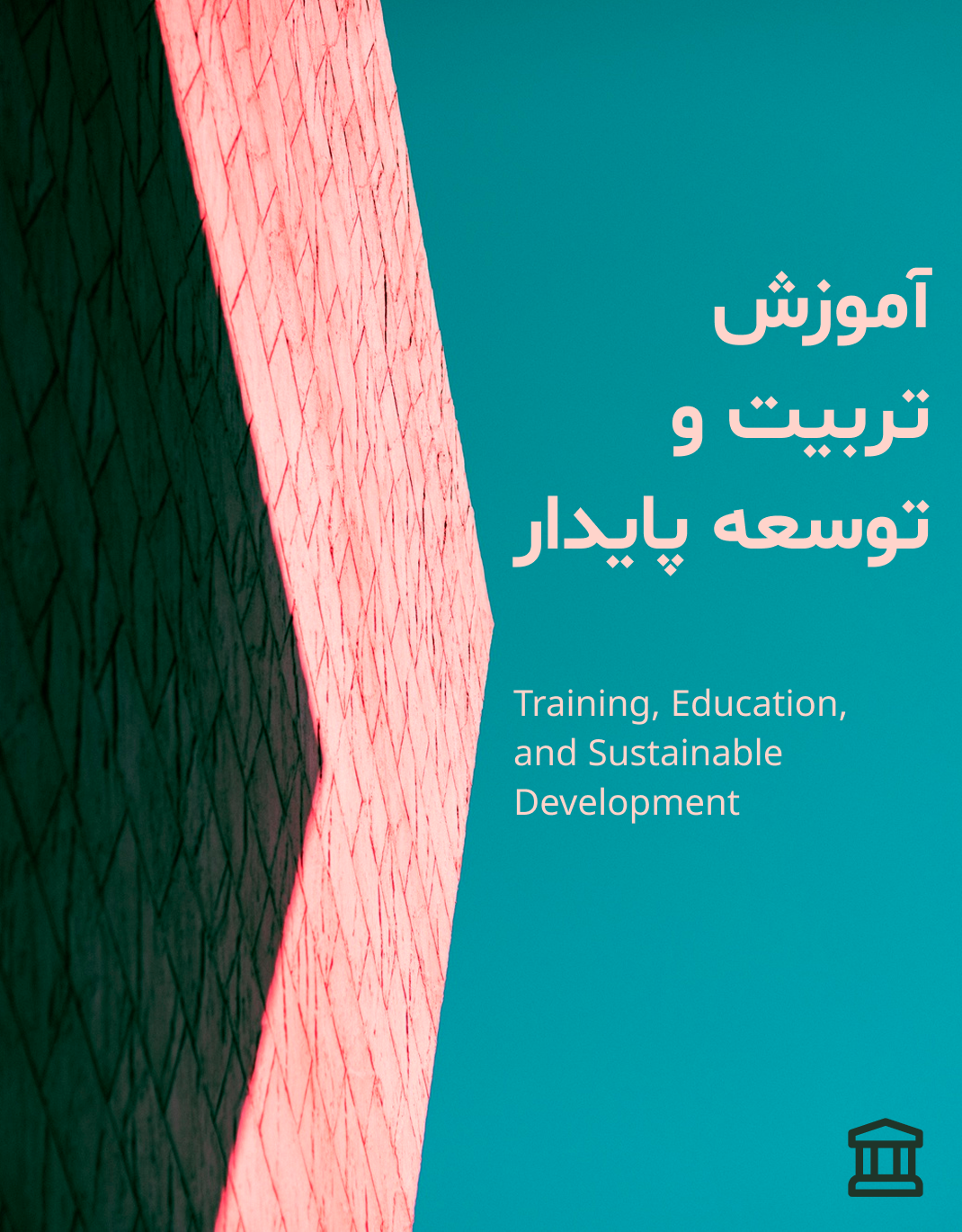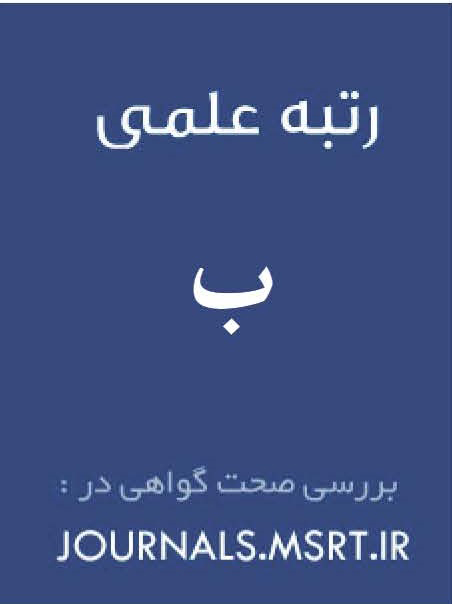طراحی الگوی راهبردهای تقویت تعامل بینفرهنگی در مدارس مرزی
کلمات کلیدی:
تعامل بینفرهنگی, مدارس مرزی, آموزش چندفرهنگی, توانمندسازی فرهنگی, برنامه درسی فراگیرچکیده
هدف پژوهش حاضر، طراحی الگویی از راهبردهای تقویت تعامل بینفرهنگی در مدارس مرزی ایران با تأکید بر تجارب معلمان، مدیران و کارشناسان آموزشی است. این پژوهش با رویکرد کیفی و روش تحلیل مضمون انجام شد. دادهها از طریق مصاحبههای نیمهساختاریافته با ۲۰ نفر از معلمان، مدیران و کارشناسان آموزشوپرورش در تهران گردآوری شد. مشارکتکنندگان بهصورت هدفمند و با معیار حداکثر تنوع انتخاب شدند و مصاحبهها تا رسیدن به اشباع نظری ادامه یافت. دادههای متنی حاصل با استفاده از نرمافزار NVivo تحلیل گردید و مضامین اصلی در شش مرحله شناسایی شدند. تحلیل دادهها منجر به استخراج سه مضمون اصلی شد: (1) توانمندسازی فرهنگی معلمان و دانشآموزان، (2) سیاستها و ساختارهای پشتیبان بینفرهنگی، و (3) ترویج همزیستی و گفتوگوی بینفرهنگی. این مضامین شامل ۸ خردهمضمون و بیش از ۳۰ مفهوم کلیدی بودند که ابعاد مختلف تعامل بینفرهنگی در محیط مدارس مرزی را پوشش میدادند. نقلقولهای مشارکتکنندگان نیز تأکید بر ضرورت وجود آموزشهای میانفرهنگی، محتوای درسی منعکسکننده تنوع فرهنگی، و محیط یادگیری فراگیر داشتند. یافتهها نشان میدهد که تقویت تعامل بینفرهنگی در مدارس مرزی مستلزم رویکردی چندسطحی شامل برنامهریزی آموزشی، توانمندسازی معلمان، اصلاح محیط یادگیری و حمایت نهادی است. طراحی چنین الگویی میتواند به ارتقای عدالت آموزشی، انسجام اجتماعی و تربیت شهروندی چندفرهنگی در نواحی مرزی کشور کمک کند.
دانلودها
مراجع
Banks, J. A. (2015). Cultural diversity and education: Foundations, curriculum, and teaching (6th ed.). Pearson.
Banks, J. A., & Banks, C. A. M. (2019). Multicultural education: Issues and perspectives (10th ed.). Wiley.
Cushner, K., McClelland, A., & Safford, P. (2012). Human diversity in education: An intercultural approach (7th ed.). McGraw-Hill.
Deardorff, D. K. (2006). Identification and assessment of intercultural competence as a student outcome of internationalization. Journal of Studies in International Education, 10(3), 241–266. https://doi.org/10.1177/1028315306287002
Gay, G. (2018). Culturally responsive teaching: Theory, research, and practice (3rd ed.). Teachers College Press.
Nieto, S. (2010). The light in their eyes: Creating multicultural learning communities (10th Anniversary ed.). Teachers College Press.
OECD. (2020). Educating for a changing world: The future of education and skills 2030. OECD Publishing.
UNESCO. (2017). Intercultural competence: Conceptual and operational framework. Paris: United Nations Educational, Scientific and Cultural Organization.


